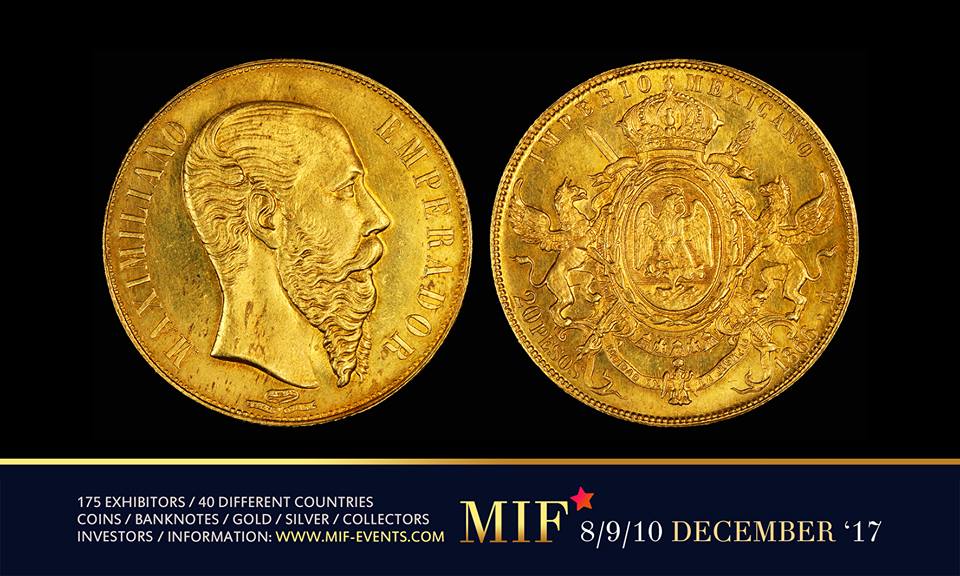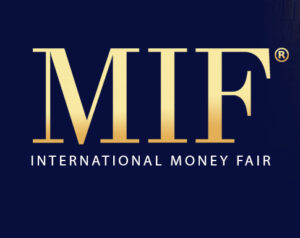
During the MIF Fair in MECC Maastricht, 2 Mexican exhibitors will attend the fair: Casa Atraddis and Numismex. One of the most famous Mexican coins is the Mexican Peso.
Mexican Gold Peso
Until the introduction of the Krugerrand one of the most popular gold coins for investment was the Mexican Gold Peso. Although none have been minted since 1972 there are still millions of these in circulation and it remains a tempting choice for anyone who’s planning to add gold to their portfolio. As well as being a very attractive coin it’s a very affordable way to stockpile gold.
The Coins
The Gold Peso is minted from an alloy of 90 percent gold and 10 percent copper, resulting in a durable coin with a more orange color than many other bullion coins – the US Gold Eagle, for example, has a significant amount of silver in the alloy, which gives it a less striking color. Its gold content is lower than most of the other leading bullion coins, but comparable to pre-1933 US ones.
Like most bullion coins the Peso is legal tender and has a face value, although that’s much lower than the intrinsic value of its metal content. The most common denomination on the market is the 50 Peso coin.
This contains 1.2057 ounces of pure gold. There are also a series of smaller coins – the 20 Peso (0.48227 oz), 10 Peso (0.2411 oz), 5 Peso (0.1205 oz), 2.5 Peso (0.0602 oz) and 2 Peso (0.0482 oz). All the Mexican coinshave different face designs (with the exception of the 5 and 10 Peso coins) but a similar reverse, which shows various versions of the Mexican coat of arms – an eagle perched on a cactus while eating a snake.
Investing in Gold Pesos
Because Pesos aren’t currently being minted the production cost has been largely absorbed by the market, so the premium they attract over the gold spot price is among the lowest of any bullion coin. This makes them a perfect choice if your aim is to accumulate the maximum amount of gold at an affordable price.
Of course there are exceptions – because of their long history (they were minted periodically from 1905 to 1972) many Pesos are also in demand by coin collectors, and that can push prices dramatically higher than their intrinsic value. Pre-1949 coins tend to have the highest prices, with 1921 and 1931 being particularly expensive.
If you’re buying them as a gold investment it’s best to avoid those years and look for 1950s and 1960s coins – they should be available for very close to the spot price.
Although the premium is lower than many similar coins it’s still worth keeping it down as much as possible, and as usual we recommend that you do this by concentrating on the larger 50 Peso ones – the premium on these makes up the lowest proportion of the total price.
To keep your investment easily divisible it may be worth also acquiring some of the smaller denominations to allow you to sell off small amounts if required. Whatever you choose to do, though, the gold Peso is an attractive and prudent investment.



